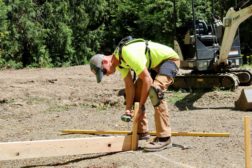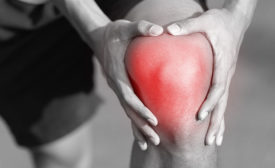Home » back pain
Articles Tagged with ''back pain''
A NIOSH Science Blog post
Reducing whole body vibration to improve the safety and health of bus drivers
October 27, 2016
State workers' compensation policies affect costs and disability time
Some policies linked to higher or lower impact of occupational back pain
December 15, 2015
Become a Leader in Safety Culture
Build your knowledge with ISHN, covering key safety, health and industrial hygiene news, products, and trends.
JOIN TODAYCopyright ©2025. All Rights Reserved BNP Media.
Design, CMS, Hosting & Web Development :: ePublishing





